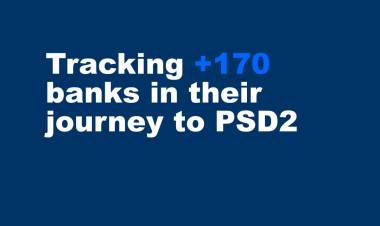2020 The era of conversational banking.

2020 The era of conversational banking.
Chatbots are becoming part of the daily life of consumers. It is estimated that there are about 30,000 bots in operation on Facebook Messenger alone and, as they continue to proliferate, they will force banks to migrate from a transactional model to a conversational one.
The recent advances in artificial intelligence (AI) and the change in the habits of use of mobile devices, have forced the financial sector to transform its communication to start having conversations with its customers through digital channels.
This new model, known as conversational banking, has been driven by the Conversational User Interfaces (CUI), among which are chatbots, virtual assistants and conversational agents.
Although some banks still have some suspicion about the implementation of virtual assistants or chatbots, there are already successful examples of implementation of this model. Entities such as Bank of America and Capital One have developed chatbots to facilitate payments and transfers, and even help their clients design savings plans according to income and expense patterns.
What are the advantages of conversational interfaces in the banking sector?
Attracting new customers: In most cases, people do not see the need to visit a bank branch to look for specific information on interest rates or special services. If they do not find this data easily, or have trouble solving their doubts, they will look for another bank. This is where a chatbot or virtual assistant can make a big difference.
Money management: making new customers open bank accounts and buy financial products is just the beginning. Conversational interfaces have an even more important role in what comes next: money management. Thanks to AI, users can check the status of a service request, know the balance of their products and even manage budgets from the comfort of their mobile devices.
Customer service: Conversational banking combines the speed of a live chat with the attention of an automated virtual advisor. This allows a service with all the advantages of AI, but without the impersonality of email or online forms.
Mobile banking reduced operating time by allowing customers to conduct transactions in real time. The next step in the digital transformation is conversational banking, which will further reduce operating costs by enabling instant communication between the user and the bank.
With practically all the big banks preparing to launch a conversational banking solution, the standard in customer service is growing. Financial institutions that are delayed in the implementation of new service channels will jeopardize the loyalty of their users.
With this in mind, banks cannot afford to remain on the sidelines or postpone the development of digital transformation projects: the time to act is now.


















